Nowhere is the sheer opulence of French life in centuries past more apparent than in the chateaus of the Loire Valley. Just a few hours from Paris, you can discover the royal life.
Here is a quick introduction to five chateaus you won’t want to miss.
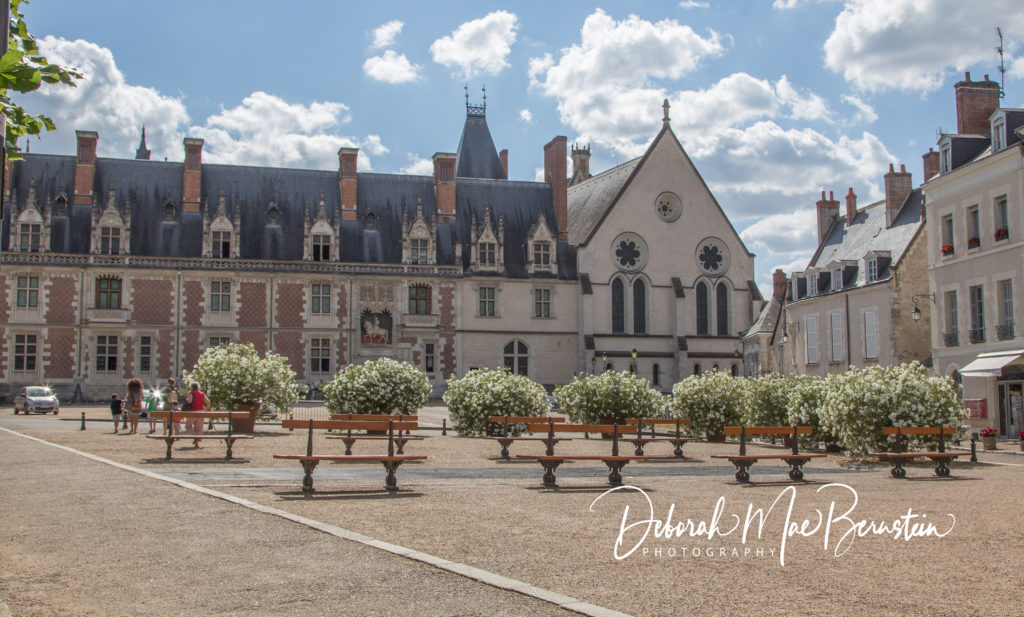
1. Château Royal de Blois
Climb up a long stone staircase from the streets below to discover this feudal palace that was home to seven kings and 10 queens. Architectural design ranges from a 13th-century main hall to the mid-15th century Charles d’Orleans Gallery to the Louis XII wing, which marks the transition from Gothic to Renaissance. The external, octagonal stone staircase, which spirals upwards for five stories, is especially impressive.
Inside the chateau, ornately furnished rooms feature rich furnishings, lush fabrics and exquisite paintings. Don’t miss the evening light and sound show.
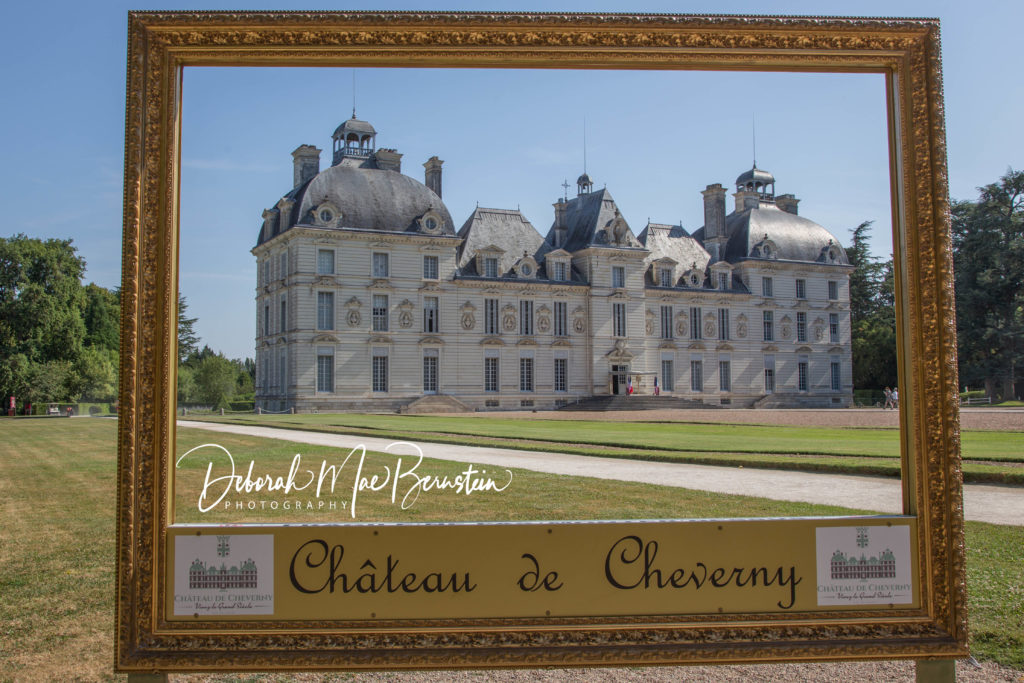 2. Château de Cheverny
2. Château de Cheverny
One of the largest chateaus in the Loire Valley, this chateau has stayed in the same family for more than six centuries. It’s still inhabited by descendants of the Huralt family: Marquis and Marquise de Vibraye. The chateau was built in the 16th century and gifted to King Henry II’s mistress Diana de Poitiers.
Walk through the palatial home and discover the period furnishings. Then, head out to the tranquil gardens. Watch out, though. You can get caught in the maze!
The castle of Cheverny has been open to the public since 1922. It welcomes nearly 350,000 visitors every year. One of the special attractions of the castle is the daily feeding of the hounds. More than a hundred hunting dogs charge to the feeding troughs at 11 a.m. for a late breakfast as hundreds of onlookers watch.
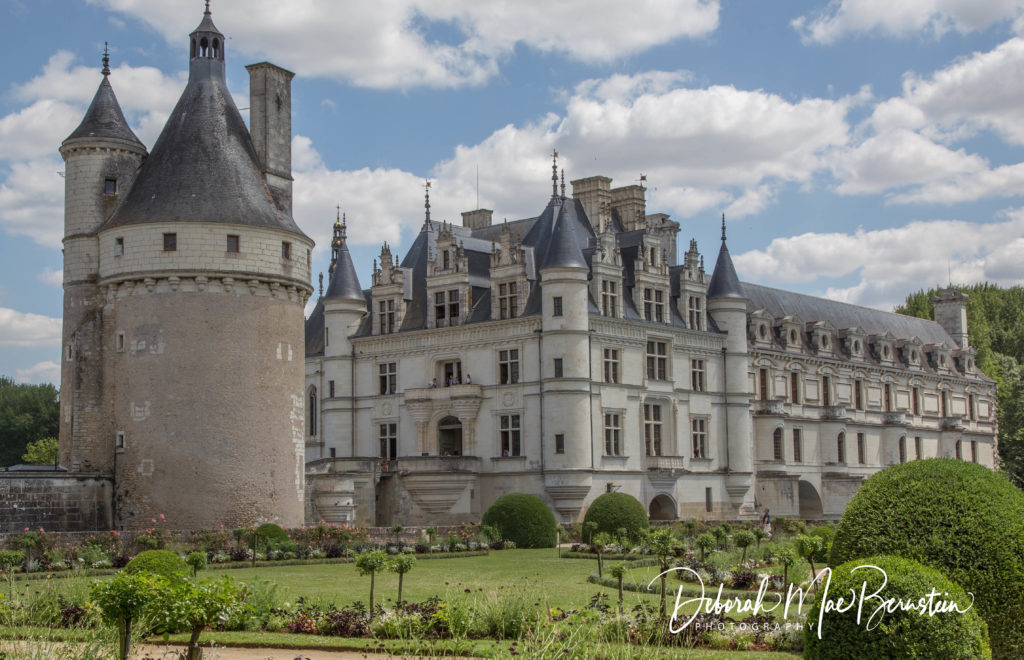
3. Château de Chenonceau
Exquisite is the word that best describes this amazing residence, a late Gothic and early Renaissance masterpiece. It’s the most visited private chateau in France and my personal chateau! A bright white facade is augmented by lavish, flower-filled interiors.
Dating back to the 12th and 13th century, this chateau has a long history of management by women. They were the ones responsible for building, designing, protecting and restoring it. You can feel the female touch.
Discover its collection of tapestries, furnishings and paintings. You’ll find work by some of the greatest European painters of the 16th, 17th and 18th centuries!
This year, the chateau marks the 500th anniversary of the birth of Queen Catherine de Medici, the builder queen, who is credited with for the chateau’s style and design. In her honor, gardens were ablaze with black and white flowers.
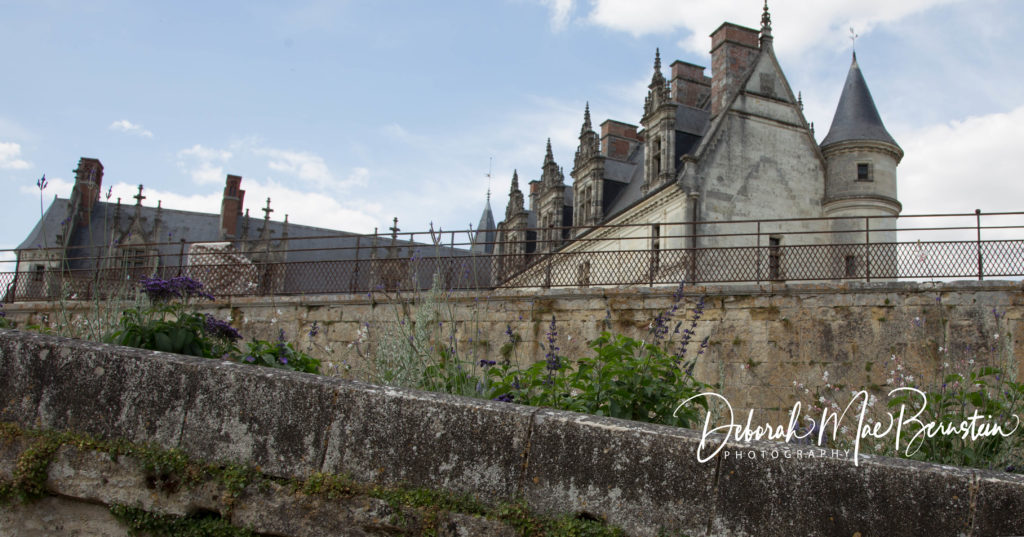
4. Château d’Amboise
This magnificent medieval fortress dates from the dawn of the Renaissance. Kings of France Charles VIII and Francis I reigned here, and many of Europe’s top artists and writers visited the chateau, including Leonardo da Vinci, who lies in the Chapel of the Castle.
You’ll see an impressive collection of Gothic and Renaissance furniture from the French Renaissance. The chateau was seized in 1434 by Charles VII of France and rebuilt in 1492 by Charles VIII with help from two Italian mason builders. They provided Renaissance decorative motifs, turning it into the first Italianate palace in France.
Henry I and Catherine de’ Medici raised their children at the chateau, as did Mary Stuart, the young Queen of Scotland.
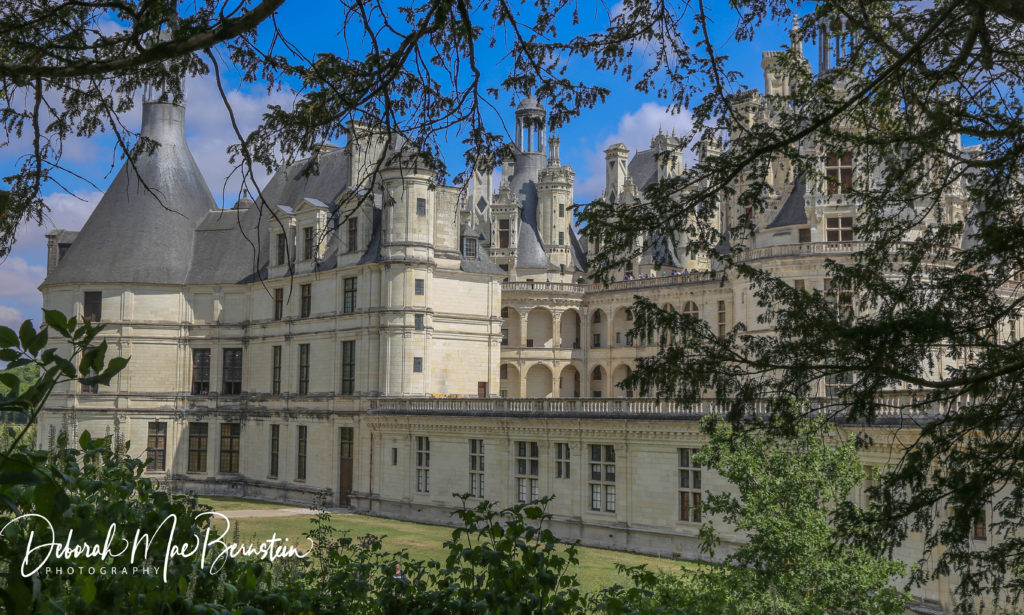
5. Château du Chambord
This majestic edifice was created by King Francois I at the dawn of the French Renaissance. It’s a UNESCO World Heritage site and has been called the architectural equivalent of the Mona Lisa. Don’t miss the incredible double-helix spiral staircase. It’s truly an architectural marvel!
You can visit royal furnished apartments and the 17th-century chamber, 18th-century bedchambers and guest bedrooms.
Climbing to the top, you’ll have lots of great spots for selfies and dramatic views of the countryside.




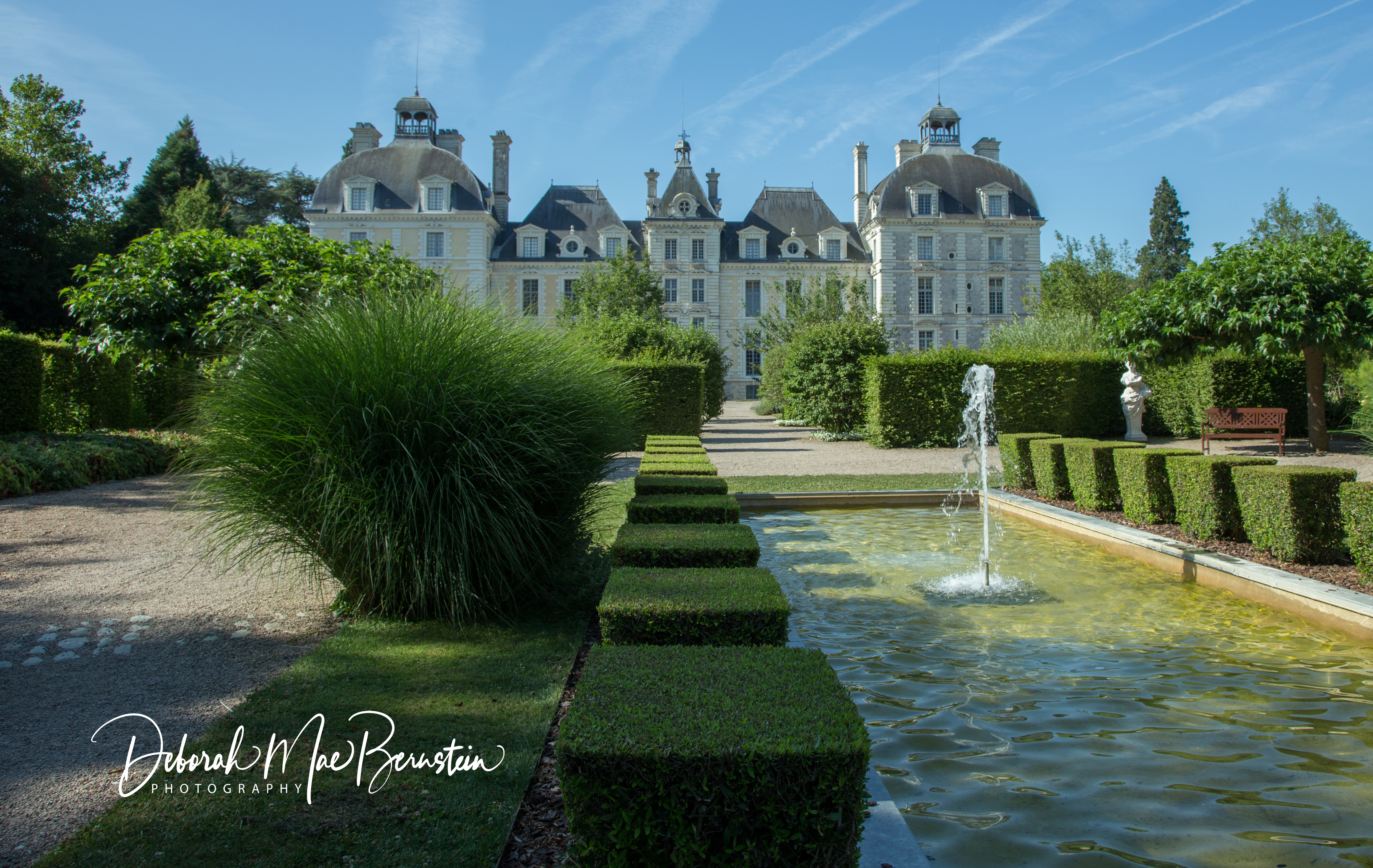
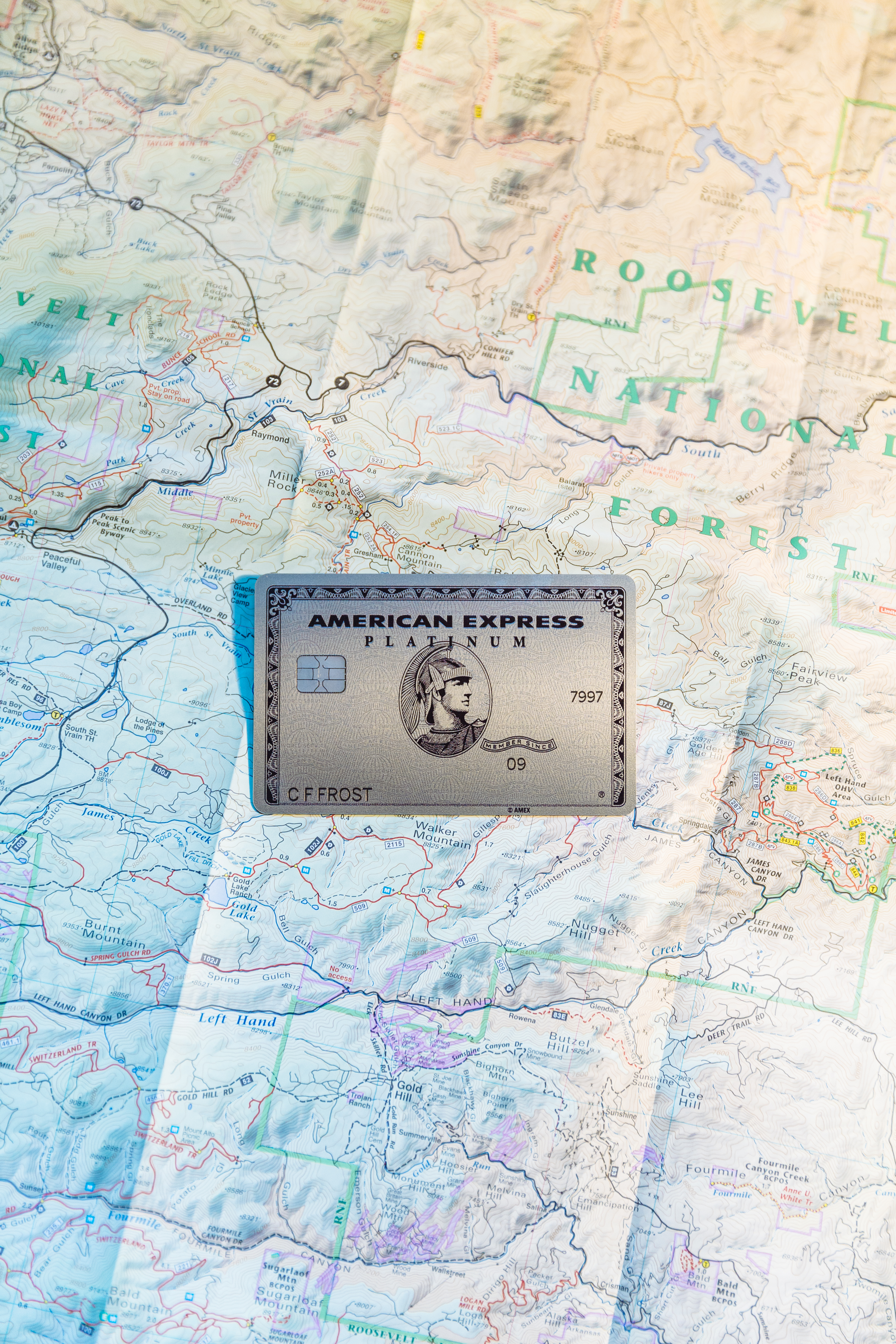

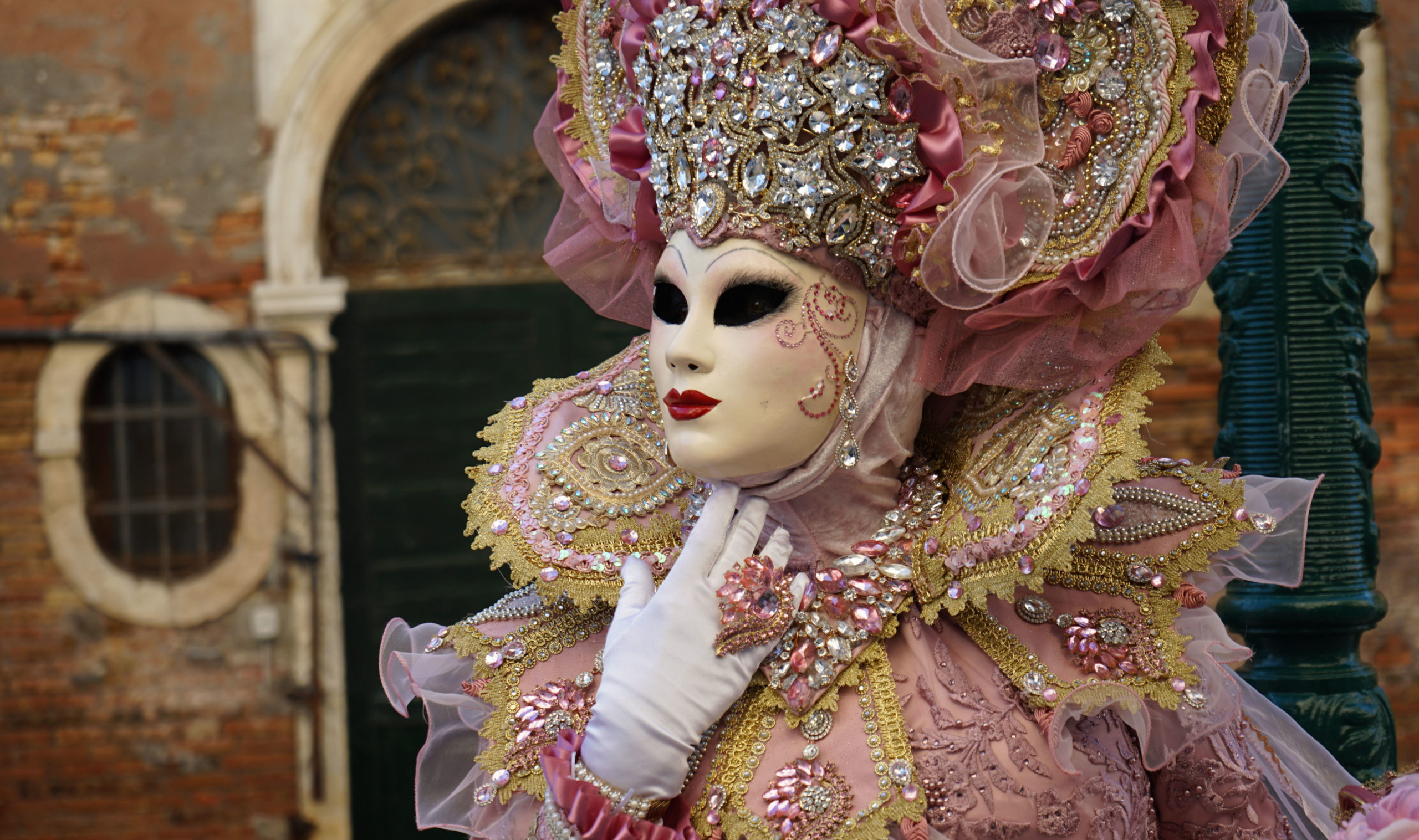
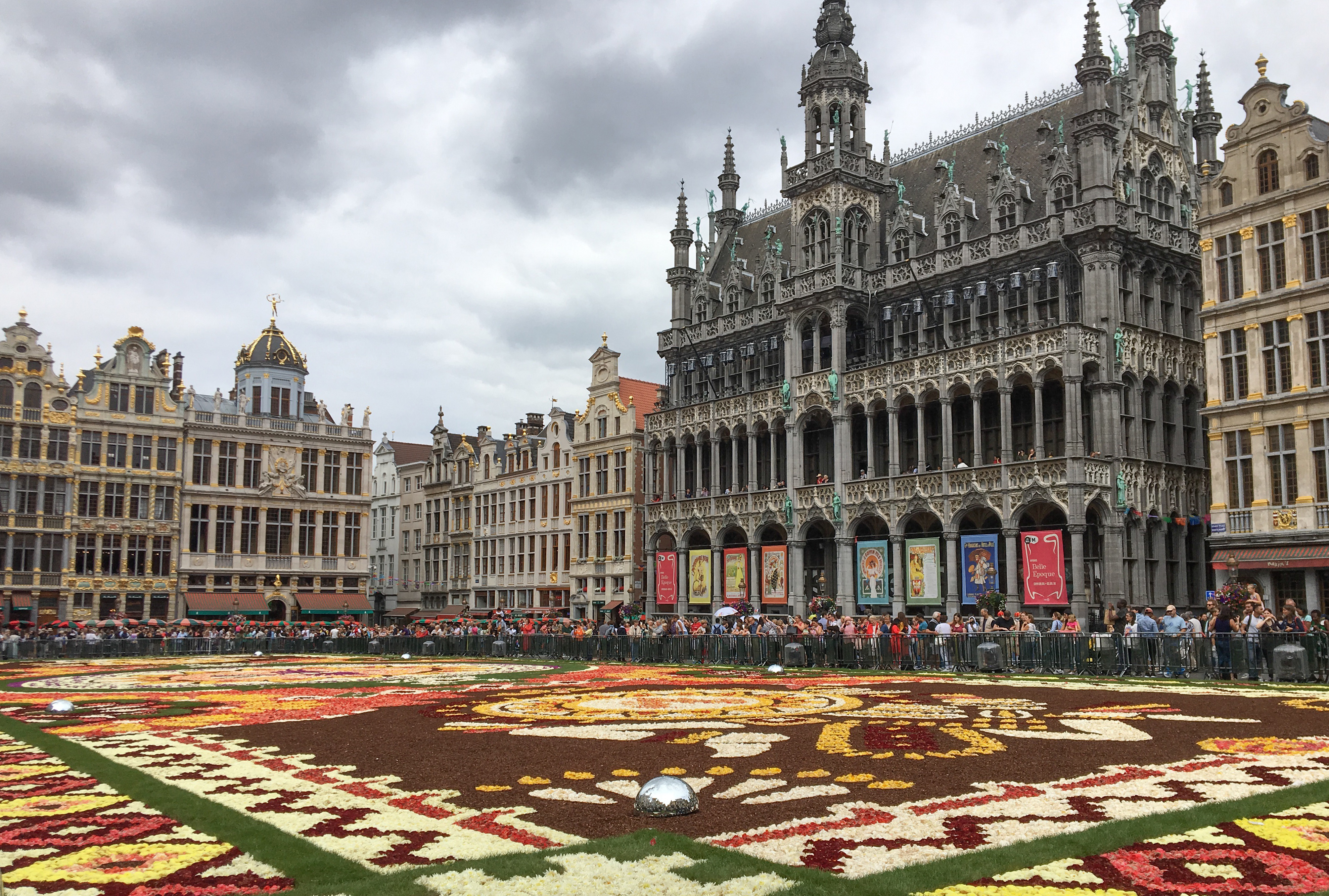
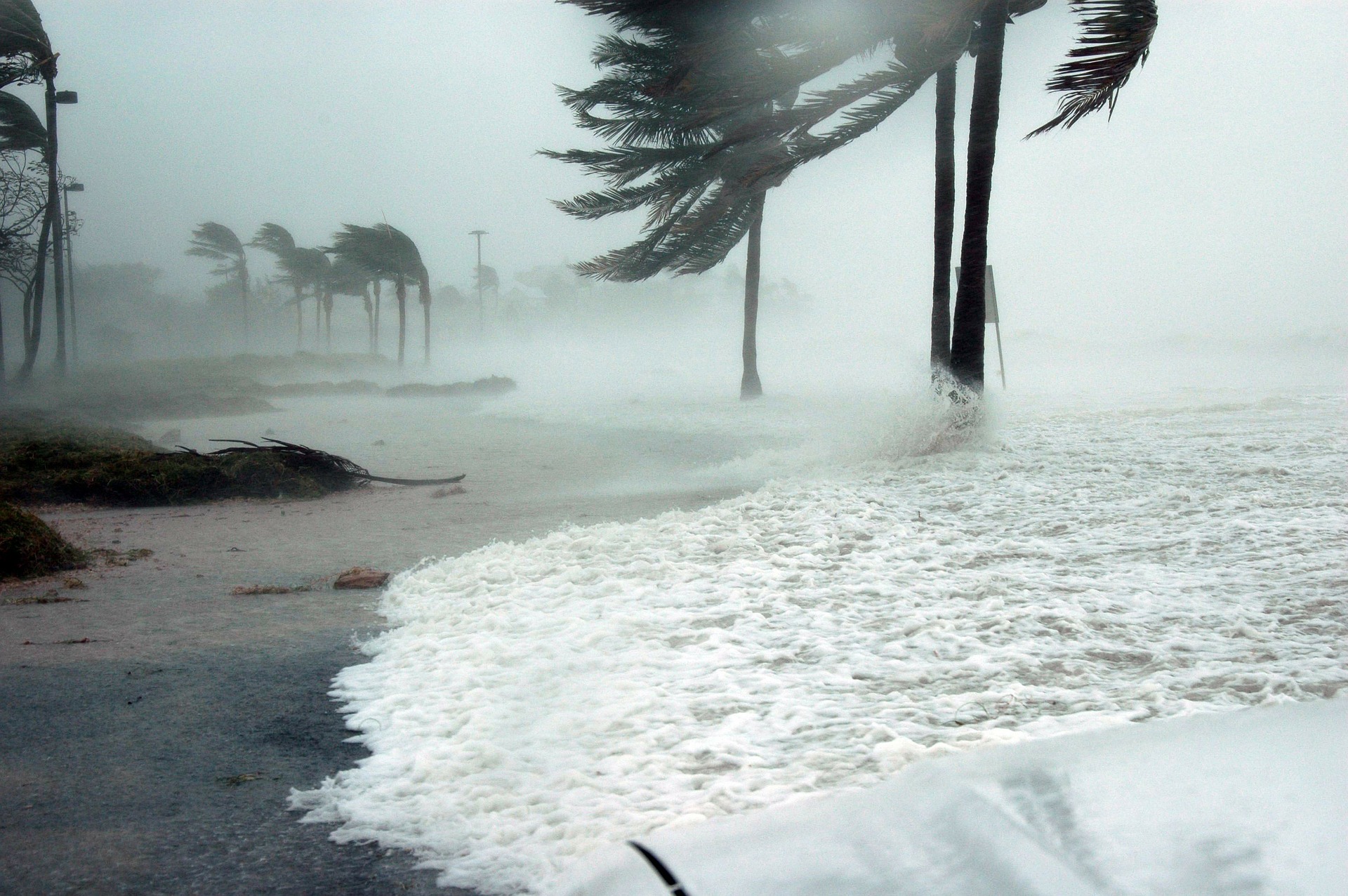
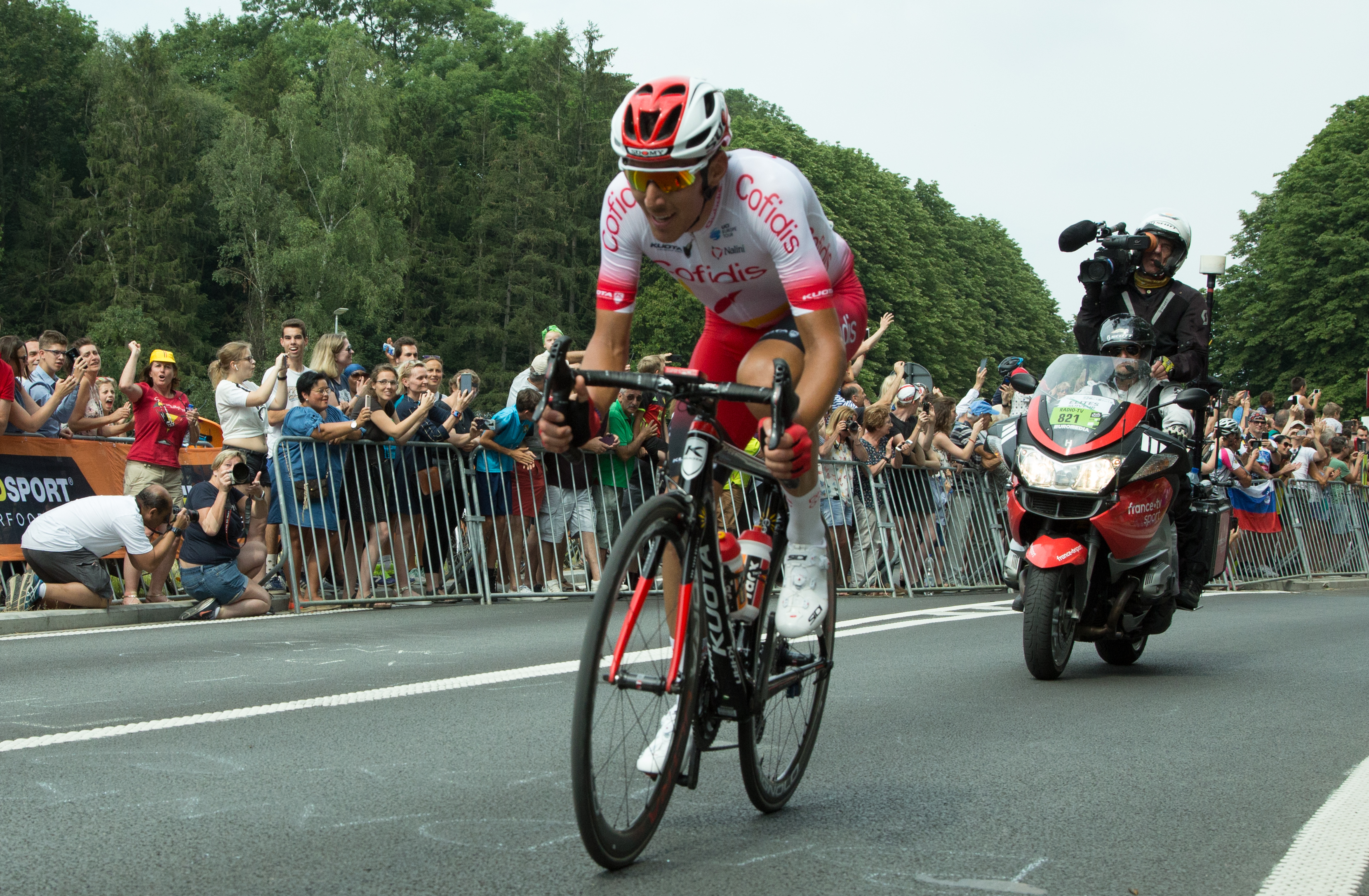
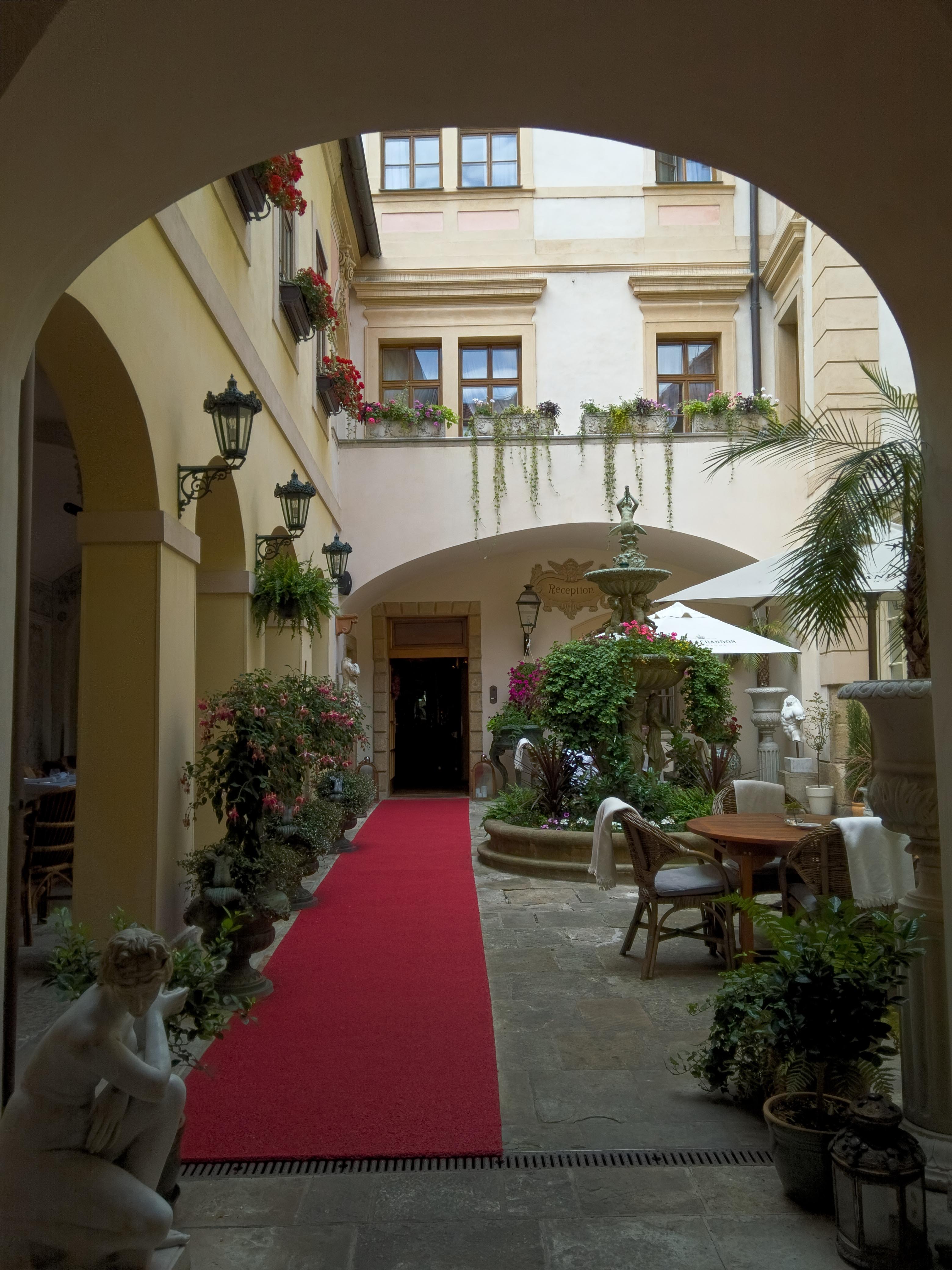
No details on how to visit?
Hi, Jason. We visited the chateaus in the Loire Valley on a trip organized by the Brussels Expat Club. It’s a great way to explore Europe if you are in the Brussels area. The group uses luxury buses and it’s generally a fun, international group of people. We often have visitors from other places who join the trips. There is no membership fee. You, of course, could rent a car and drive on your own, but the tolls on the roads in France can be high.